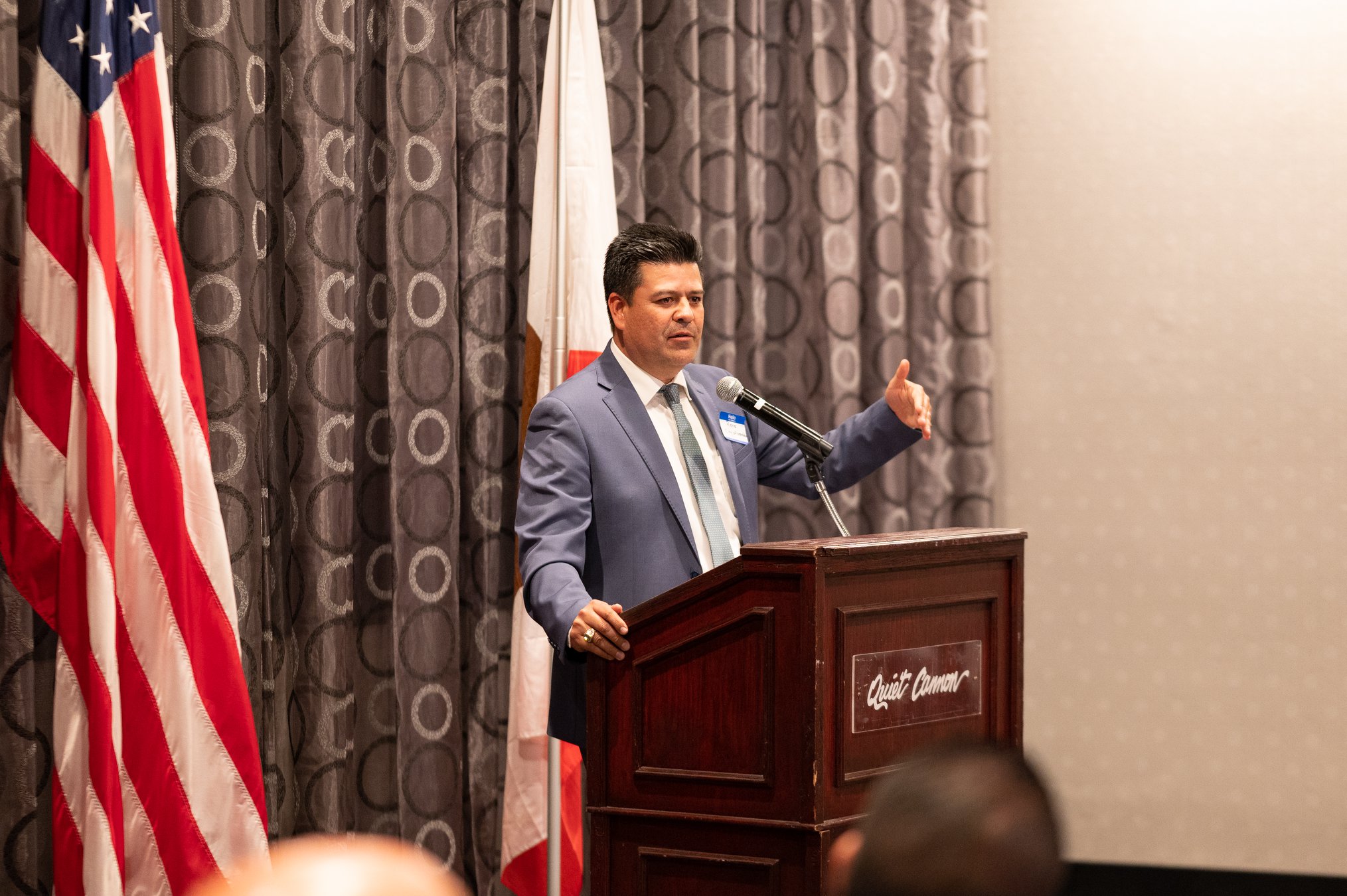“…would someone be kind enough to tell me what has happened to our benches on the Promenade? When one entire block of benches disappeared, I questioned where they were and was told they were being ‘repaired’ and they would be returned. As a senior, those benches are quite important to me. I can only go a short distance before I’m out of breath…When will the rest of them be coming back? ”
That message on the “Santa Monica Government, Politics, Policies and People” Facebook page represents a challenge for the City, and for many current residents. Although this specific issue was resolved soon after the message was posted, many residents have difficulties navigating the city’s man-made environment because of poor planning, inconsiderate design and weak communications. Examples range from parking structure signs on Fourth Street blocking the view of on-coming traffic, to problems with the bus benches, and from unenforced noise regulations to infrequent bus service. This affects people of all ages, not only seniors.
Here’s a reality: for all the efforts to make Santa Monica into the youthful city of the future, baby boomers make up over 40 percent of the city’s residents. These folks face increasing challenges with mobility, vision, hearing and response times. Santa Monica has been very active in developing services for seniors, people with disabilities and low-income folks, as can be seen on the City’s web site. But an approach based on service is only one component of a successful all-ages city. The physical “user-interface” is just as important. Make the city friendly and easy to use, and everyone’s life here improves. The new “scramble” crosswalks downtown are an excellent example.
It’s a matter of making it easier for people to use the city: provide street shade throughout the year, reduce ear-shattering noise from buses, trucks and motorcycles, make places where people can sit, relax and socialize, help pedestrians feel safe crossing the street or walking down the sidewalk, provide frequent bus service. These are all features of age-friendly cities that benefit all residents, regardless of their age.
What makes a successful age-friendly city? The World Health Organization has a checklist used by many cities. A few examples:
- The city is clean, with enforced regulations limiting noise levels and unpleasant or harmful odors in public places.
- Outdoor seating is available, especially in parks, transport stops and public spaces, and spaced at regular intervals; the seating is well-maintained and patrolled to ensure safe access by all.
- There are separated cycle paths for cyclists.
- Public transport is reliable and frequent (including services at night and weekends.)
- Transport stops are located close to where older people live, are provided with seating and shelter from the weather, are clean and safe, and are adequately lit.
- Roads are free of obstructions that might block a driver’s vision.
- Housing design facilitates continued integration of older people into the community.
Many of these examples are very familiar to Santa Monica residents, because the City has incorporated some of them into its planning activities, but also because the City has, famously, utterly failed to incorporate others. What we need is a systematic effort to make sure that the city’s physical aspects match the needs of its residents, many of whom are not only aging themselves, but also supporting children and caring for older parents. Fixing things to help people function well in the city should be a “no-brainer” project for the highly-competent planners now working for the city.
Here are a few things the City can start doing right away.
- Join the World Health Organization’s Global Network of Age-Friendly Cities and Communities, and use their guide (and checklist) as a roadmap for the city. Some items are already done, but many others remain missing. (see: http://tinyurl.com/k2whbgd.)
- Assign a planner to create a checklist of physical aging-friendly measures, and then spend several hours every single month to ensure that these items are designed and implemented, and that this “all-ages” urban design plan includes all the projects within the city limits (including parks and bus stops.) No more stand-alone organizational silos, uncoordinated with other projects around town.
- Amend zoning to allow two-story apartment buildings (so-called “dingbat” buildings) to be turned into much-needed small assisted-living facilities. Many of these buildings are ideally situated for this activity, both in their age-friendly locations and in their physical layout, which would allow staff and support spaces upstairs, and resident care rooms downstairs.
- Enforce the noise and smoking laws. The downtown bus stops have become outdoor smoking rooms, a health hazard for all bus users and especially those with respiratory problems. Enforce the noise rules by ticketing muffler-less motorcycles and other vehicles that, apart from destroying the peace and quiet of many neighborhoods, also pose health hazards in the dense downtown areas.
- Fix the bus stops throughout the city, provide protection from the sun where possible, and increase service frequency.
- Fix the parking structure signs downtown. They are located at the exact height to obstruct the view of on-coming traffic.
These are just a few items to help start making this an “all-ages” city.
The City should affiliate with the WHO Global Network of Age-Friendly Cities, and take a cue from New York’s Aging Improvement Districts, as one example. (see: http://tinyurl.com/kwn2v3x). Let’s plan and design this city to make it comfortable and usable for everyone.
Daniel Jansenson, Architect, for SMa.r.t. Santa Monica Architects for a Responsible Tomorrow: Thane Roberts AIA, Robert H. Taylor AIA, Daniel Jansenson Architect, Ron Goldman FAIA, Samuel Tolkin Architect, Mario Fonda-Bonardi AIA, Planning Commissioner, Phil Brock, Arts Commissioner.













